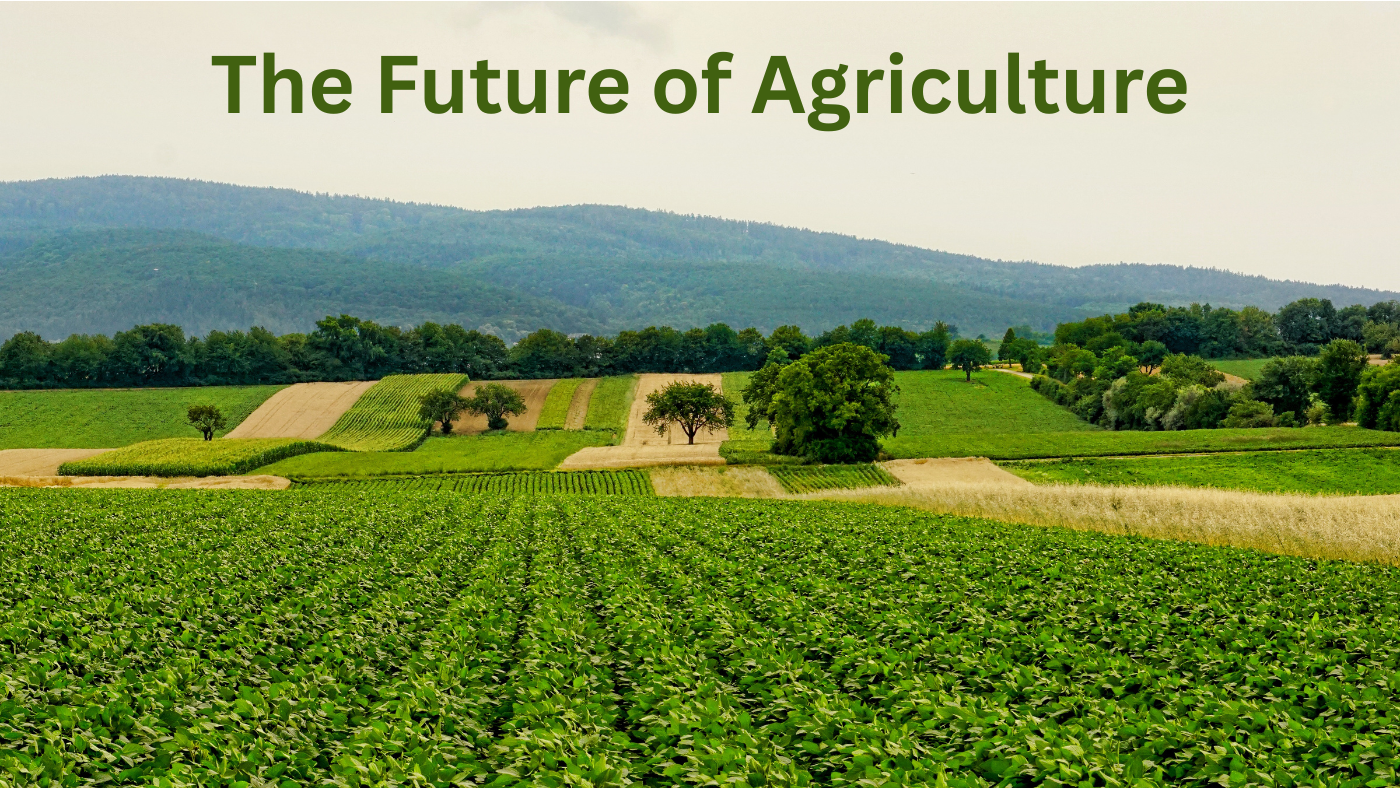Retirement is often overlooked in farming communities, yet it’s crucial for aging farmers to transition smoothly from active agriculture to a financially secure future.
60% of Indian farmers over 60 lack a retirement plan, relying solely on family support or continued labor. This guide covers practical steps to:
- Government pension schemes tailored for farmers
- Land leasing vs. selling – pros and cons
- Investing retirement savings for steady income
- Succession planning to avoid family disputes
💡 Why Retirement Planning is Critical for Farmers
Unlike salaried employees, farmers rarely have employer-backed pensions. Without planning, aging farmers face:
- Income loss: Reduced physical ability to farm
- Healthcare costs: Rising medical expenses with age
- Dependence on family: Burden on children or relatives
- Land disputes: Unclear succession leads to conflicts
💡 Pro Tip: Start planning at least 10 years before intended retirement to maximize benefits.
🏛️ Government Pension Schemes for Farmers
India offers several schemes to support retiring farmers:
| Scheme | Benefits | Eligibility |
|---|---|---|
| PM Kisan Maandhan Yojana | ₹3,000/month pension | Age 60+, small/marginal farmers |
| National Pension Scheme (NPS) | Market-linked returns | Any farmer under 65 |
| State Agricultural Pension Schemes | Varies by state (₹500-₹2,000/month) | Typically age 65+ |
📌 Example: A 58-year-old farmer contributes ₹100/month to PM Kisan Maandhan for 2 years. At 60, they receive ₹3,000/month for life.
🏡 Land Management Options for Retirement
1. Leasing Your Land
Pros:
- Steady rental income (typically 20-40% of crop value)
- Retain ownership of land
- Lower responsibility than active farming
Cons:
- Risk of tenant mismanagement
- Income fluctuates with crop prices
2. Selling Part of Your Land
Pros:
- Lump sum for retirement investments
- Reduce property tax burden
Cons:
- Loss of ancestral property
- Capital gains tax implications
💡 Pro Tip: Consider contract farming agreements – you provide land while a company handles inputs and operations, sharing profits.
💰 Investment Options for Retirement Funds
Smart investing can make retirement savings last longer:
| Option | Returns | Risk Level |
|---|---|---|
| Post Office Monthly Income Scheme | 7.4% interest | Low |
| Senior Citizen Savings Scheme | 8.2% interest | Low |
| Agricultural Land Lease Income | 3-6% of land value/year | Medium |
| Mutual Funds (Debt-oriented) | 8-10% | Medium |
Golden Rule: As a retiree, prioritize capital preservation over high-risk investments.
👨👩👧👦 Succession Planning: Avoiding Family Disputes
Clear succession plans prevent conflicts and ensure smooth transitions:
- Make a will: Legally document land distribution
- Discuss plans early: Involve all heirs in conversations
- Consider forming a family trust: Maintains joint ownership while specifying usage rights
- Register inheritances: Complete legal transfers during your lifetime
💡 Pro Tip: Consult an agriculture-specialized lawyer to navigate inheritance laws which vary by state and land type.
🛠️ Alternative Income Sources After Retirement
Many farmers supplement pensions with:
- Agri-tourism: Convert part of land into farm stays or experience centers
- Consulting: Charge for your decades of farming expertise
- Value-added products: Small-scale processing (pickles, flour mills, etc.)
- Rural handicrafts: Woodwork, basket weaving using farm materials
📘 Key Takeaways for a Secure Farmer Retirement
- Start early: Begin planning at least a decade before retiring
- Diversify income: Combine pensions, land leasing, and investments
- Legal clarity: Formalize succession plans and wills
- Stay active: Consider part-time agricultural work for supplemental income
- Utilize government schemes: Maximize benefits from pension programs
With proper planning, farmers can enjoy their retirement years with financial security and peace of mind.
🧠 FAQs: Retirement Planning for Farmers
✅ While physical ability varies, most farmers plan to reduce active work between 60-65. Start financial planning by age 50 to maximize government scheme benefits and savings.
✅ Yes! PM Kisan provides ₹6,000/year income support, while Maandhan is a separate pension scheme paying ₹3,000/month after age 60. Small/marginal farmers can enroll in both.
📌 A common strategy: Keep 1-2 acres for personal use/supplementary income, lease the remainder for steady cash flow (typically earns 20-40% of crop value annually).
✔️ Yes! Agricultural income remains tax-free, and senior citizens get:
- ₹50,000 extra interest tax exemption under Section 80TTB
- Higher deduction limits for health insurance
🔄 Options include:
- Long-term leasing (5+ years) to agri-businesses
- Forming an FPO to pool land with other farmers
- Contract farming agreements with food processors
💰 Top low-risk options:
- Senior Citizen Savings Scheme (8.2% interest)
- Post Office Monthly Income Scheme (7.4%)
- Government bonds (7-7.5% returns)
- Debt mutual funds with 20% equity exposure
🏥 Key schemes:
- Ayushman Bharat (₹5 lakh/year hospitalization)
- State health cards (e.g., Kalaignar in TN)
- PMJAY for critical illness coverage
- 20% extra deduction on health insurance premiums
⚖️ Consider:
- Pros: Avoids inheritance disputes, may reduce taxes
- Cons: Lose control, risk of mismanagement
Better alternative: Create a will and register inheritance agreements while retaining lifetime rights.
📝 Yes, if:
- You're enrolled in PM Kisan Maandhan before selling
- You qualify under state agricultural worker pensions
- You've contributed to NPS or other pension plans
Note: Some state schemes require minimum landholding years.
🌱 Practical ideas:
- Rent out farm equipment you no longer use
- Start a small nursery or seed bank
- Offer paid consultancy to new farmers
- Sell value-added products (pickles, flour)
- Host farm stays/agri-tourism experiences



